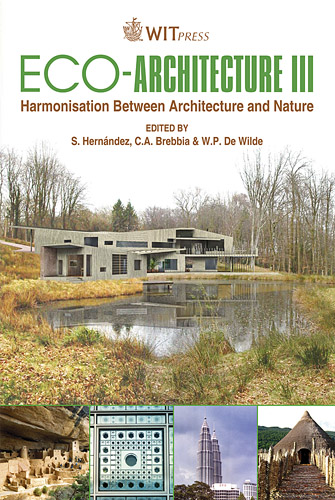The Human Side Of The Triangle: Using Green Textile Standards To Address Social Responsibility
Price
Free (open access)
Transaction
Volume
128
Pages
12
Page Range
525 - 536
Published
2010
Size
381 kb
Paper DOI
10.2495/ARC100451
Copyright
WIT Press
Author(s)
J. Stark & M. Cudhea
Abstract
Textile specification in the interior design field has evolved to include attributes in addition to aesthetics, cost, building occupant health and safety, and specialized performance criteria. Initially, \“green” specifications addressed environmental impact reduction through renewable, recycled, recyclable, nontoxic and low-emitting materials. Worldwide, third-party certifications continue to expand sustainable attributes to include social equity impacts on human health, safety, training and compensation throughout the product life cycle. Comprehension of these new assessment tools is essential for designers to effectively balance economic, environmental, and social responsibility. Although social responsibility has been discussed in the context of global sustainable development since the 1970s, third-party evaluation attempts to systematically connect the effects of product manufacture, use, and disposal to the human condition are relatively recent. Environmental and social impacts are interrelated, but not interchangeable. Social equity criteria are not addressed uniformly in textile certifications. This paper presents research on designers’ perceptions of social responsibility, awareness of social issues in the textile life cycle, and prioritization of textile specification criteria. The study also considers to what extent designers take responsibility for sustainable design decisions, and if sustainable design is becoming a standard practice. The analysis focuses on responses generated by a questionnaire distributed through an online interior design publication based in Texas (USA) and distributed internationally. Keywords: social responsibility, interior design, life cycle assessment, material selection, sustainable textile standards.
Keywords
social responsibility, interior design, life cycle assessment, materialselection, sustainable textile standards





